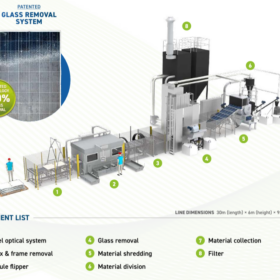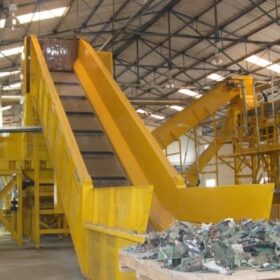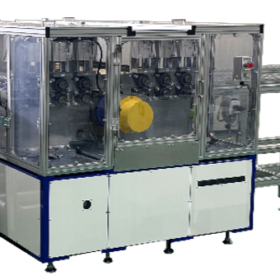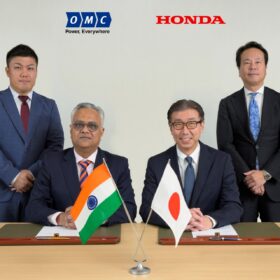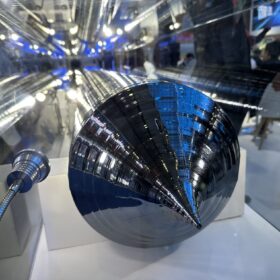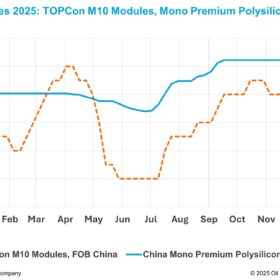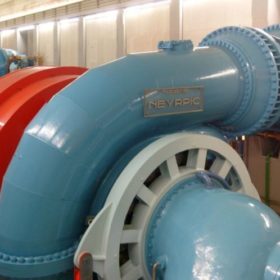Attero announces INR 150 crore investment to expand e-waste and copper recycling capacity across India
Once the new plants are commissioned, Attero’s overall processing capacity across e-waste and metals recovery will reach 244,000 tonnes per annum.
Jakson to set up high-tech solar PV module recycling line in partnership with Europe’s Ecoprogetti
Jakson Engineers Ltd will set up a high-tech solar PV module recycling plant capable of recycling around 5,00,000 PV modules, or approximately 13,500 tonnes of modules per year, recovering critical materials and enabling responsible end-of-life solar management. The recycling line will be supplied by Ecoprogetti.
From waste to wealth: Circular strategies driving a sustainable India
The promise of India’s circular economy lies in its ability to turn environmental challenges into engines of growth. Achieving it will take investment, innovation, and clear ways to measure progress.
Built to last or built to waste? How battery design shapes the future of recycling
Recyclability has to be considered a core engineering constraint by the battery industry. Adhesives and composites use could be reduced along with designing packs with cell visibility and enabling cell level separation should be a thing of the future. Standardization, which has been avoided for competitiveness for now, must be implemented since that will actually reduce costs across the value chain in the long term.
Industry body IESA submits recommendations to strengthen battery recycling ecosystem
Industry body India Energy Storage Alliance (IESA) has called for clearly defined roles and responsibilities under the Battery Waste Management Rules, the adoption of global standards, recycled content targets aligned with emerging battery chemistries and domestic manufacturing, and support for eco-design to enable easier recycling.
From waste to resource: Recovering critical minerals for solar and EV batteries
As India ramps up solar installations and EV deployments, the volume of end-of-life components will grow rapidly. If these are treated simply as waste, we create new environmental burdens and miss a chance to recover value. If, instead, they are viewed as sources of supply, they become part of the solution.
What will help India to reduce the $2 billion battery import bill?
India’s Production-Linked Incentive (PLI) programme for cell manufacturing has attracted investment into gigafactories and electrode production, but local manufacturing can only succeed if it has access to steady, domestic mineral feedstock. Recovered materials from end-of-life batteries can supply a meaningful share of that requirement, provided there is strong collection infrastructure, organised supply aggregation, and investment in processing technologies.
AGC, NPC developing new PV cover glass recycling tech
The Japanese companies announced a partnership to advance the recycling of solar panel cover glass for application in architectural flat glass production.
Solar module recycling offers an INR 3,709 crore market opportunity in 2047: CEEW
India is estimated to generate over 11 million tonnes of solar waste by 2047. Recycling could meet up to 38% of India’s future solar material needs.
OMC Power, Honda Motor partner on energy storage solutions from repurposed EV batteries
OMC Power, a distributed renewable energy (DRE) company targeting 1 GWp clean energy portfolio in India, and Honda Motor have partnered on innovative business models in energy storage and battery repurposing from the electric mobility ecosystem.

